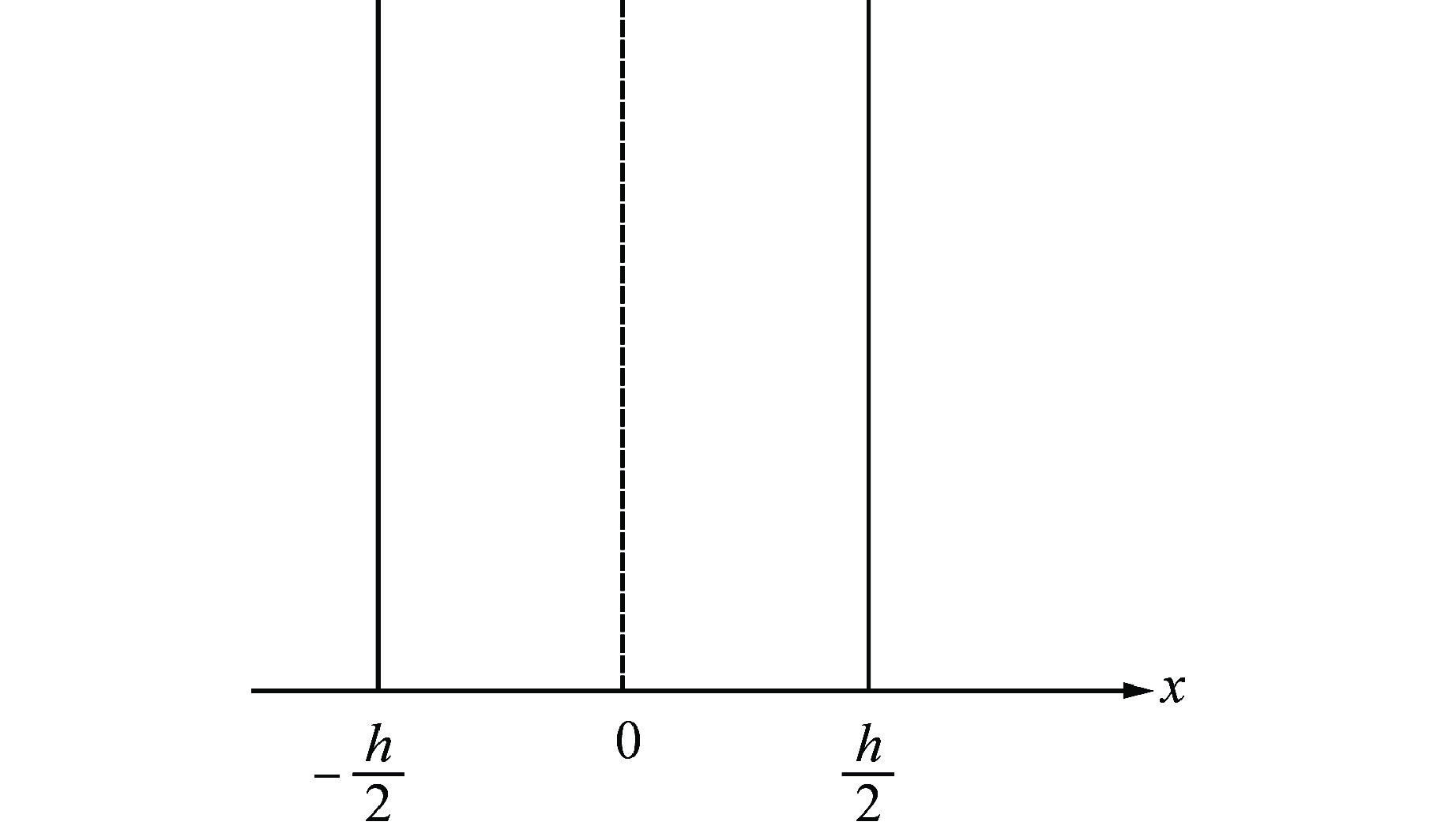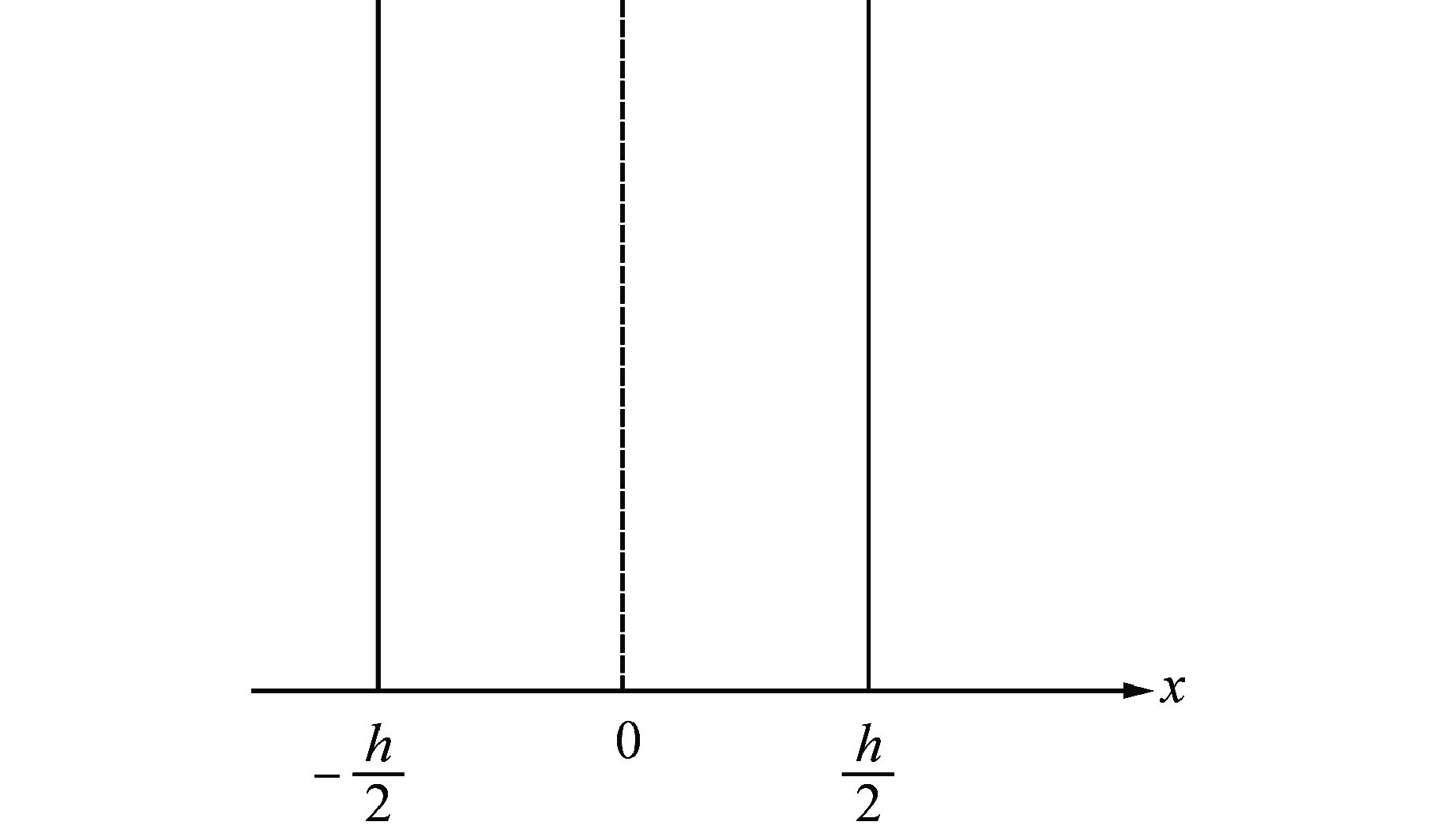Analytical Solution Study on Transient Neutron Transport in Homogeneous Bare Reactor Based on Neutron Telegraph Equation
-
摘要: 斐克定律作为扩散理论的基础,其本质是在中子输运方程的P1近似方程(电报方程)的基础上进一步忽略了中子流密度关于时间的导数项,因此在瞬态过程中无法准确描述实际的中子动力学过程。本文基于单能中子电报动力学方程,针对一维无限大平板裸堆中子动力学问题,利用分离变量法推导了其解析解,并与扩散中子动力学方程的解析解进行了对比分析。研究发现:在瞬态变化过程中,电报方程的解与扩散方程的解相比,空间项仍保持余弦函数的形式,但是时间项的变化则更为复杂,一是时间项的级数组合形式受到问题的几何和材料的影响,二是高阶谐波表现出随时间振荡变化的规律。该研究结果可以为后续基于中子电报方程的数值理论研究提供参照和依据。Abstract: The Fick's law, as the foundation of the diffusion theory, further neglects the time derivative term of the neutron current density in the P1 approximation equation (telegraph equation) of the neutron transport equation. Therefore, it is difficult to accurately describe the actual neutron kinetic behavior in the transient process. In this paper, based on the monoenergetic neutron telegraph equation, an analytical solution is derived for the one-dimensional infinite slab bare reactor neutron kinetics problem using the method of separation of variables, and it is compared and analyzed with the analytical solution of the neutron diffusion equation. The study reveals that during transient changes, the spatial term of the telegraph equation still maintains the form of a cosine function compared to the diffusion equation's solution, but the variation of the temporal term is more complex. Firstly, the combination form of the temporal term's orders is influenced by the geometry and materials of the problem. Secondly, higher-order harmonics exhibit oscillatory changes with time. These research findings can provide references and foundations for subsequent numerical theoretical studies based on the neutron telegraph equation.
-
Key words:
- Neutron kinetics /
- P1 approximation /
- Telegraph equation /
- Diffusion equation /
- Analytical solution
-
[1] 谢仲生,邓力. 中子输运理论数值计算方法[M]. 西安: 西北工业大学出版社,2005: 71-72. [2] 吴宏春,郑友琦,曹良志,等. 中子输运方程确定论数值方法[M]. 北京: 中国原子能出版社,2018: 100-102. [3] HEIZLER S I. Asymptotic telegrapher’s equation ( P1) approximation for the transport equation[J]. Nuclear Science and Engineering, 2010, 166(1): 17-35. doi: 10.13182/NSE09-77 [4] WEISS G H. Some applications of persistent random walks and the telegrapher's equation[J]. Physica A:Statistical Mechanics and its Applications, 2002, 311(3-4): 381-410. doi: 10.1016/S0378-4371(02)00805-1 [5] ALTAHHAN M R, NAGY M S, ABOU-GABAL H H, et al. Formulation of a point reactor kinetics model based on the neutron telegraph equation[J]. Annals of Nuclear Energy, 2016, 91: 176-188. doi: 10.1016/j.anucene.2016.01.011 [6] ALTAHHAN M R, ABOANBER A E, ABOU-GABAL H H. Analytical solution of the Telegraph Point Reactor Kinetics model during the cold start-up of a nuclear reactor[J]. Annals of Nuclear Energy, 2017, 109: 574-582. doi: 10.1016/j.anucene.2017.06.001 [7] ALTAHHAN M R, ABOANBER A E, ABOU-GABAL H H, et al. Response of the point-reactor telegraph kinetics to time varying reactivities[J]. Progress in Nuclear Energy, 2017, 98: 109-122. doi: 10.1016/j.pnucene.2017.03.008 [8] ALTAHHAN M R, AVRAMOVA M N, IVANOV K N. Reactor dynamics based on the neutron telegraph equation[J]. Transactions of the American Nuclear Society, 2017, 117: 753-756. [9] ALTAHHAN M R, BALESTRA P, HOU J, et al. Implementation of the multigroup telegraph based P1 approximation and comparison to the multigroup diffusion based P1 approximation in Gen-Foam[C]//Proceedings of the Fourth International Conference on Physics and Technology of Reactors and Applications. Marrakech, Morocco: GMTR, 2018. [10] ABOANBER A E, NAHLA A A, EL-MHLAWY A M, et al. An efficient exponential representation for solving the two-energy group point telegraph kinetics model[J]. Annals of Nuclear Energy, 2022, 166: 108698. doi: 10.1016/j.anucene.2021.108698 [11] ZAREI M. An adjoint sensitivity analysis of the Telegrapher's neutron kinetic equations[J]. Annals of Nuclear Energy, 2022, 167: 108839. doi: 10.1016/j.anucene.2021.108839 [12] 吴宏春,曹良志,郑友琦,等. 核反应堆物理[M]. 北京: 中国原子能出版社,2014: 51-54. -






 下载:
下载:


